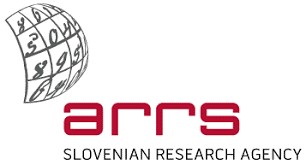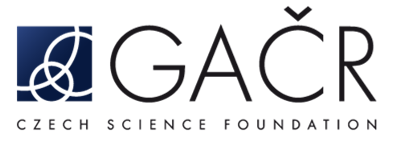Charring of timber under fully developed natural fire – stochastic modeling
| Project title: |
Charring of timber under fully developed natural fire – stochastic modeling |
| Project team: | Tomaž Hozjan, Robert Pečenko, Goran Turk |
| Duration: |
36 Months 1.3.2021 – 29.2.2024 |
| Project code: |
N2-0183 |
| Lead partner: | Faculty of Civil and Geodetic Engineering, University of Ljubljana |
| Project leader | prof. Tomaž Hozjan (Leader of Slovenian partner) and prof. František Wald (Leader of Czech partner) |
| Other project partner’s organization: | Czech Technical University in Prague, Faculty of Civil Engineering |
| Source of finance: | Javna Agencija za raziskovalno dejavnost RS
The Czech Science Foundation (GACR)
|
| Key words: |
Charring of timber, pyrolysis, natural fire, stochastic modelling |
Description:
In everyday engineering issues, randomness can be encountered in almost every parameter of the problem. This means that the actual value of the individual parameter is not predetermined, but is rather random and usually changes randomly over the area of the problem. The modelling of charring of wood is no exception, as there are numerous randomly distributed parameters involved in this problem. The modelling of charring of wood is no exception, as there are numerous randomly distributed parameters involved in this problem.
When determining the charring of wood with the advanced numerical models, two approaches are possible: deterministic and stochastic. For the most part, a simpler deterministic approach is used nowadays, with each input parameter having exactly specified (deterministic) values. All possible scenarios due to the stochastic nature of the phenomena are somewhat considered with the characteristic or mean values of the stochastic parameter. The second, more complex stochastic approach, takes into account that the value of the stochastic parameter is random and varies randomly over the problem domain. Considering the stochastic nature of the problem, however, leads to significantly increased numerical complexity. Thus, it is no coincidence that this approach is rarely used in practice, especially when determining the charring of wood, where, in addition, the key model parameters are also very sensitive. Therefore, the random nature of these parameters will be investigated in this project. Namely, each random parameter will be obtained either from cone calorimeter tests or from literature overview and will be statistically processed to obtain its probability distribution function. Furthermore, the stochastic modeling of charring will be achieved by implementing random parameters in the Monte Carlo simulation method. With such a developed stochastic model for charring the critical evaluation of deterministic charring rates will be feasible, which is currently not possible.
Main goals:
The main objective of the project is to develop a stochastic model of charring of timber under natural fire conditions. This model will accurately describe the temperature, moisture conditions under ambient and fire conditions as well as charring of timber under standard and non-standard fires. To reach the main objective several important steps including material testing, data analysis, model development, validation of the model, full-scale fire testing, numerical modelling and validation, probabilistic analysis need to be solved.
Project work packages:
WP1 Material testing and models
T1.1 Experimental testing in cone calorimeter
T1.2 Development of heat-mass-pyrolysis model
T1.3 Validation of the model based on material tests
WP2 Full-size testing and models
T2.1 Fluid dynamics model of Room Corner Test
T2.2 Fluid dynamics model of horizontal furnace
T2.3 Experimental testing in Room Corner Test
T2.4 Experimental testing in horizontal furnace
T2.5 Validation of fluid dynamics models
T2.6 Validation of H-M-P model on full-scale tests
WP3 Probability modelling
T3.1 Timber charring probability
T3.2 Natural fire probability
WP4 Stochastic model of charring of timber under natural fire
T4.1 Creating a stochastic model (UL FGG)
T4.2 Sensitivity study (CTU)

